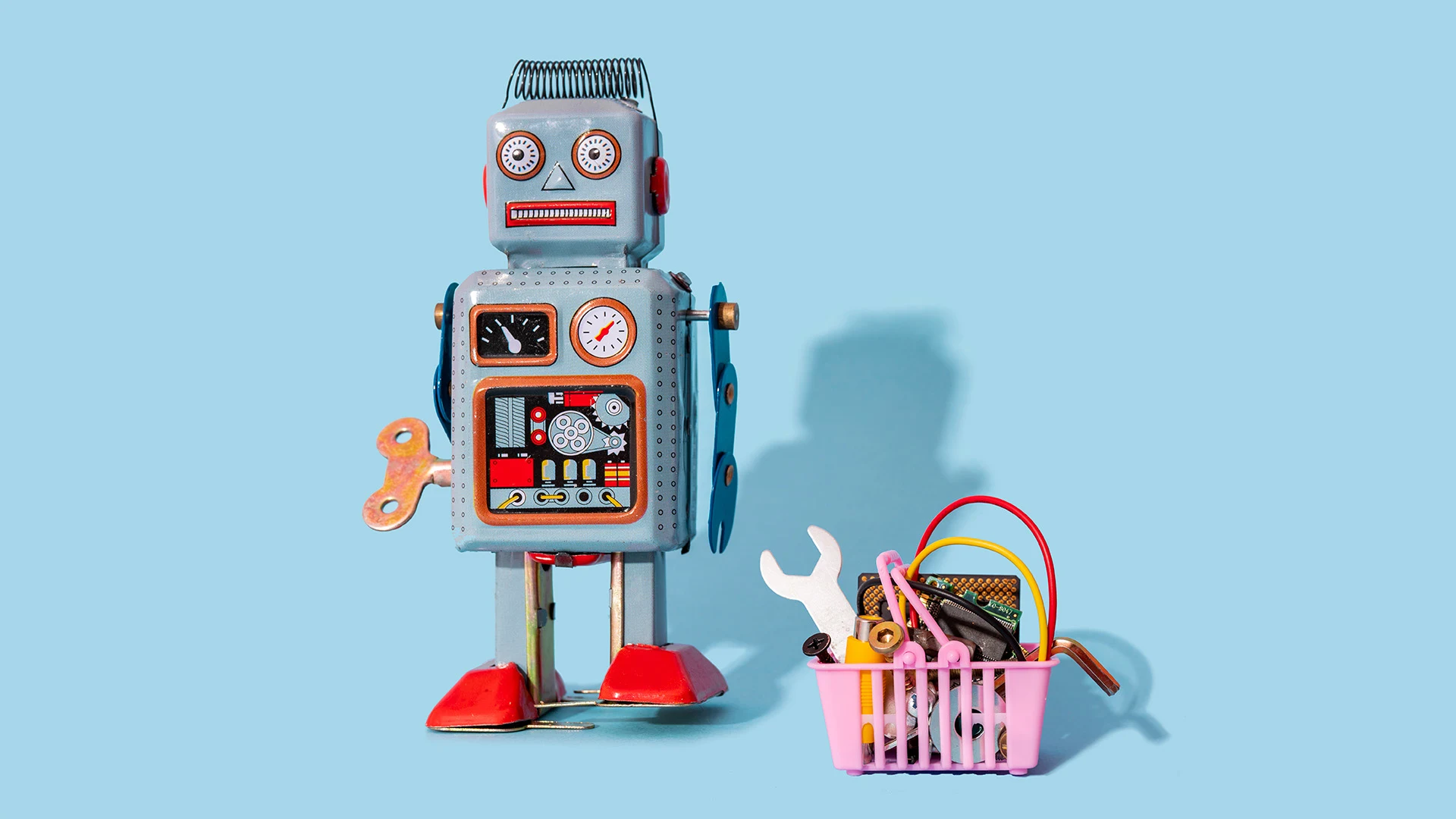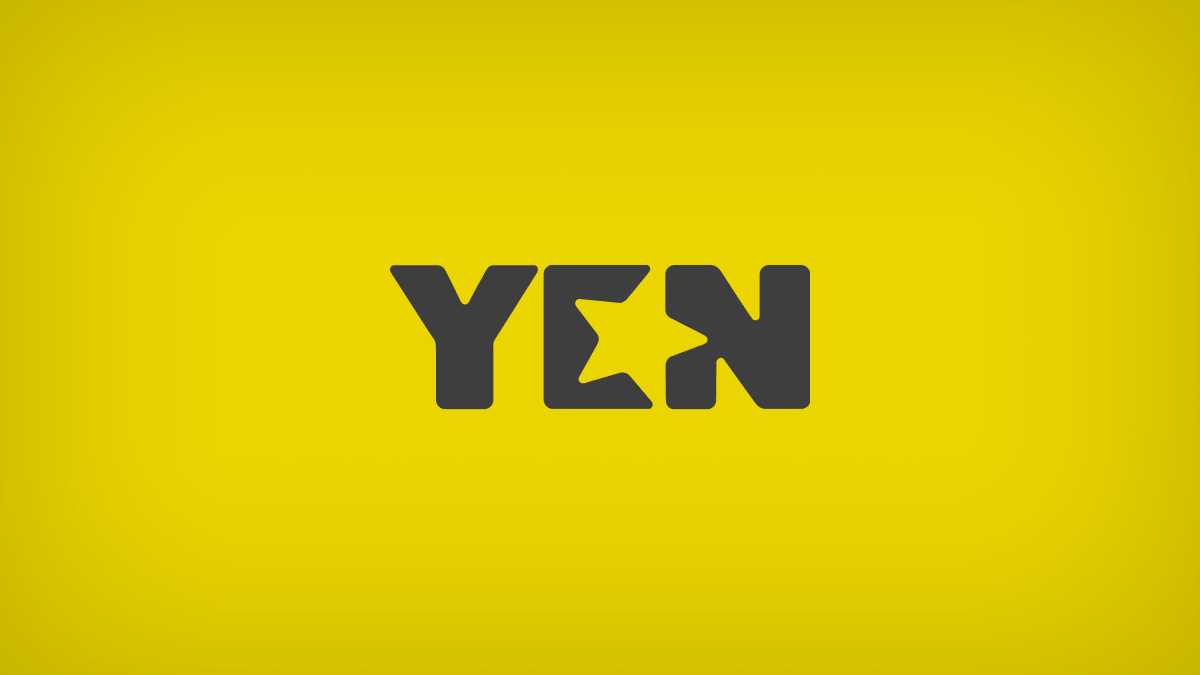
Meaningless AI-generated content, now widely known as “slop,” is all but unavoidable at the moment. The padded prose and sometimes outright nonsense generated by AI tools affects job hiring, plagues social media, puffs up countless LinkedIn posts, and leaves some experts worrying about its impact on the future of the creative arts.
Now a new term coined by researchers in a recent Harvard Business Review article sums up the latest problem created by AI puffery: “workslop.” This stuff, which means worthless AI-made material of almost any kind you encounter while working, from emails to reports to webpages, may be using up valuable office hours for your staff as they try to work out whether the material they’re looking at is valuable “signal” needed for their jobs, or merely distracting noise.
The report says that in a survey over over 1,100 U.S. adults described as desk workers over 40 percent said they’d come across workslop in the last month alone. The report found it took them an average of 1 hour and 56 minutes for them to deal with each example, news site Axios notes. Researchers calculated the time wasted in relation to an average salary and calculated workslop incidents could cost companies $186 a month. Multiply this out across tens, hundreds or thousands of workers and the business costs of workslop become a substantial total.
As well wasted work cycles, duplicated efforts and lost trust, workslop means organizations “lose time, are misled by false productivity and experience stalled AI adoption,” the report noted.
Featured Video
An Inc.com Featured Presentation
This AI-made material does more than drive up labor costs and add to wasted time, the social media and psychology team from Stanford University in partnership with San-Francisco-based leadership platform BetterUp concluded. Among people who’d encountered workslop, 38 percent said it made them feel confused, over half said they were annoyed and 22 percent went as far as noting they were offended. These negative reactions do nothing to promote good feelings among workers, like positive engagement or friendliness, which could further impact a company’s productivity and profitability.
That all sounds pretty bad, but here’s the million-dollar question: where is all this slop coming from? Turns out it’s not necessarily being generated by people outside of the company dumping partly distractingly silly, or meaningless but slick-looking content into peoples’ inboxes. Some 18 percent of the respondents in the new survey who used AI admitted sending out AI-generated or partly AI-made content that was “unhelpful, low effort or low quality,” Axios notes. This is happening despite the fact that half of the people surveyed said they view people who send out slop as less capable and creative coworkers.
Workslop seems like a side effect of the rapid rise of AI tech, and lazy or time-pressed staff who cut together impressive looking but low-value material using AI tools, instead of actually researching, writing or calculating the correct material themselves. They then send it out without editing or checking its quality. Sorting out the resulting mess costs workers time and effort.
The problem may only get worse. A new report from Google says 90 percent of all tech workers are using AI at work. That’s up from last year’s 14 percent figure. It’s a dramatic rise that shows how far AI has already penetrated into the average tech-centric workplace. And where the techy businesses go, other industries and jobs often follow.
What can you do to keep your workers from engaging in this kind of time-wasting AI shenanigans?
BetterUp’s report suggests that company leaders can set up clear AI-use guardrails, and even model examples of thoughtful, positive AI use when putting together content for work. Encouraging collaboration mindsets rather than an urge to avoid doing work will also help — but this level of cultural change requires a considerable amount of effort.
The report is also another sign that not all AI implementations are helpful in the workplace, and can result in wasted time. Choosing the right tools and educating your staff how to use them is key.



